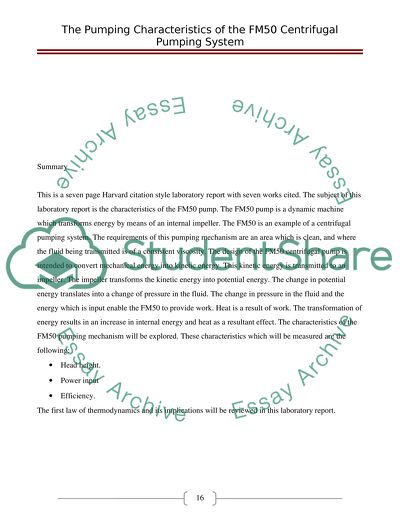Cite this document
(“Pump Characteristics Paper Lab Report Example | Topics and Well Written Essays - 1750 words”, n.d.)
Retrieved from https://studentshare.org/engineering-and-construction/1441289-pump-characteristics
Retrieved from https://studentshare.org/engineering-and-construction/1441289-pump-characteristics
(Pump Characteristics Paper Lab Report Example | Topics and Well Written Essays - 1750 Words)
https://studentshare.org/engineering-and-construction/1441289-pump-characteristics.
https://studentshare.org/engineering-and-construction/1441289-pump-characteristics.
“Pump Characteristics Paper Lab Report Example | Topics and Well Written Essays - 1750 Words”, n.d. https://studentshare.org/engineering-and-construction/1441289-pump-characteristics.


